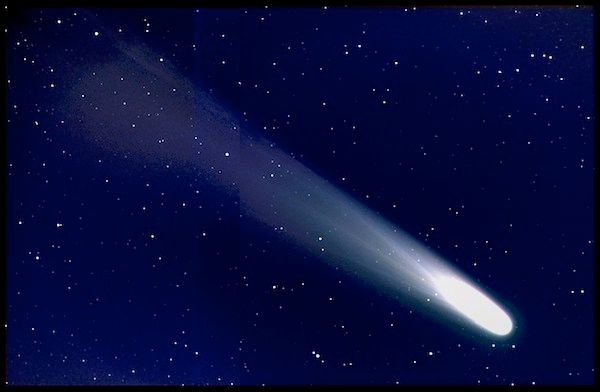
In 2021, astronomers identified a giant comet hurtling through our cosmic environment. Fortunately, the comet will not pass within a billion miles of Earth. Named Comet Bernardinelli-Bernstein, it may be the largest comet ever detected, possibly about 10 times as massive as the 6 mile (about 10 kilometers) wide object that hit Earth and triggered the extinction of the dinosaurs.
Now, new research measures the comet's size more accurately. The comet was even bigger than some astronomers thought. In the new study, to be published in the science journal Astronomy & Astrophysics, scientists estimate it is about 85 miles (about 137 kilometers) wide. Standing next to Mount Everest, the comet would be about 15 times higher.
After all, Comet Bernardinelli-Bernstein, Lawler said, had just been discovered. The comet was unknowingly discovered during a survey of galaxies in the deep cosmos in 2014. Then, it took years and intensive computational assistance for scientists to sift through many observations and finally identify this distant giant (as of June 2021, its position is 1.8 billion miles from the sun). "These great things are out there," he said.
Like many comets, Bernardinelli-Bernstein originates from the Oort cloud, an ancient ball of icy bodies circling the solar system. Out there, disturbances, like any other large object passing by, could send a huge ball of ice hurtling toward our solar system. Comet Hale-Bopp, another Oort cloud visitor, wowed skywatchers in 1996 and 1997.
Most importantly, Hale-Bopp passes 122 million miles from Earth, which is relatively close in cosmic terms. Bernardinelli-Bernstein, more than twice the size of Hale-Bopp, will be no closer than Saturn's orbit, about a billion miles away, in 2031.
So astronomers measure the comet's "thermal flux," which means how much heat it emits. They do this by looking at a type of light called "infrared." It is invisible to the human eye, but we feel this glow when the sun shines on our skin. Larger objects will absorb more sunlight and then radiate this energy outward. This information, combined with the object's distance, gave Lellouch and his team a quality estimate of the comet's size. "This is one way we can find out how big something outside the solar system is without sending probes there," said Lawler.
As the comet approaches the Sun over the coming decades, Lellouch notes that astronomers will observe dust and gas in these ancient, giant, preserved chunks of ice and rock. "The comet has never been this close to the Sun," said Lawler.